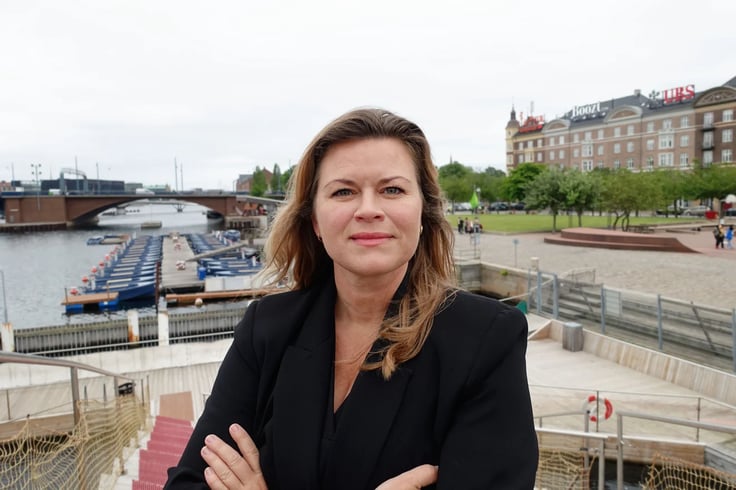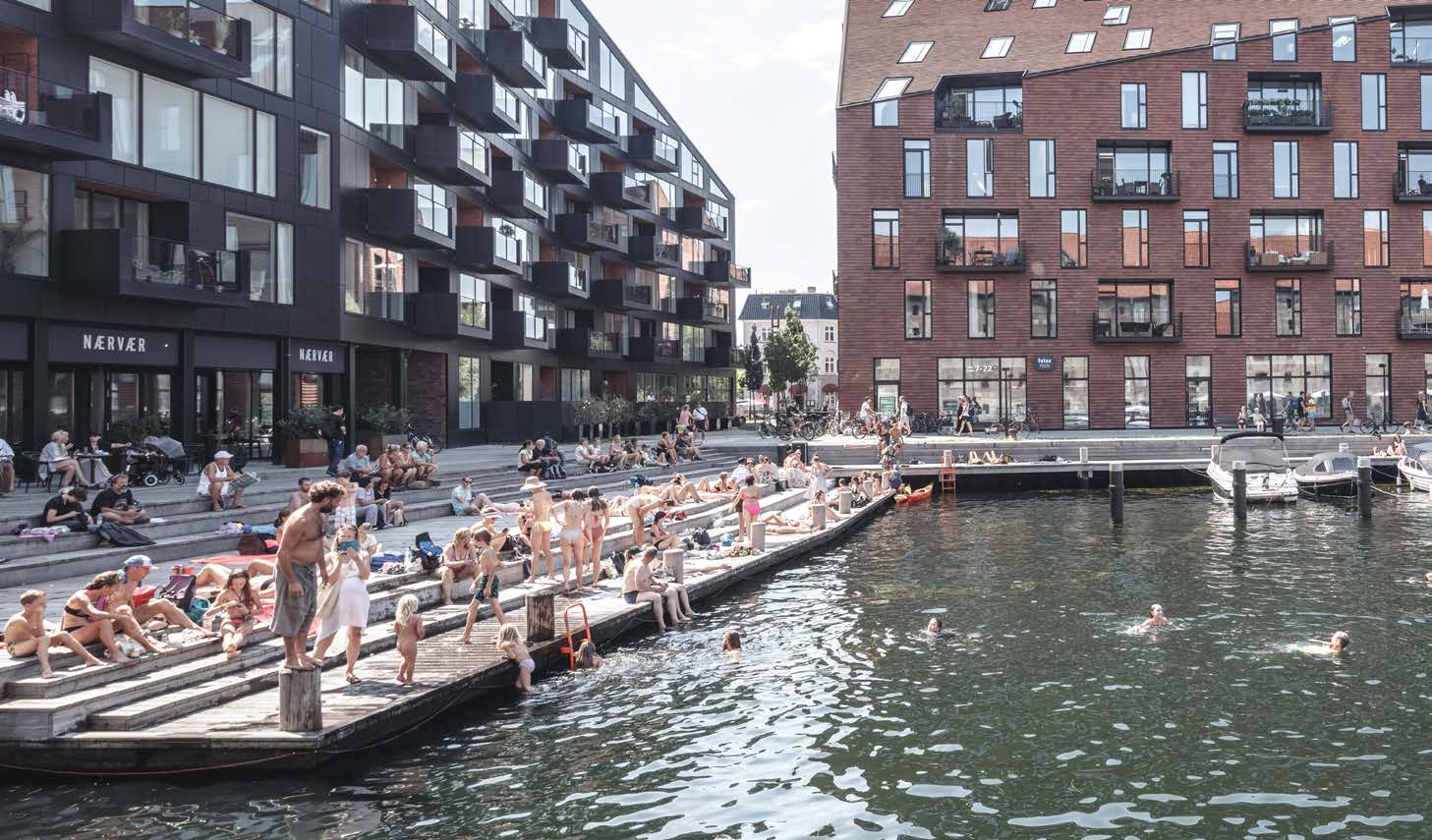Copenhagen is renowned worldwide as a pioneer of sustainable urban development, and as UNESCO’s World Capital of Architecture for 2023, the city has also been exploring the different ways in which architecture and urban design contribute to meeting the 17 UN Sustainable Development Goals.
We have asked Camilla van Deurs, Copenhagen city architect, about the impact of Copenhagen’s ‘net zero’ policy on urban planning.
Copenhagen approach to sustainability is based on 3 different elements :
Life / Space / Buildings
‘is much more than simply buildings. It’s about systems and how to make sustainable choices easier for residents - and that requires good design and good architecture.'
Camilla van Deurs
Getting infrastructure right
Central to Copenhagen’s sustainable transport policy is its 24-hour automated metro system, the city’s largest construction project for 400 years. It opened in 2002 with nine stations, now has 39, and continues to expand while the city’s 850km network of cycle ‘superhighways’ has resulted in one million fewer car journeys every year. Copenhagen also invested early in sustainable central district heating (98 per cent of the city is independent of oil and gas) and in a waste-to-energy plant, making the city more resilient to global shockwaves such as the war in Ukraine.
Enhancing the public realm
Central to liveability, and sustainability, is public space, says Camilla. ‘With every project we try to give back in the form of public realm, by providing a playground for example, or new cycle route.’ The strategic use of neighbourhood investment is also crucial: ‘A socially challenged neighbourhood can be made more welcoming by investing in public facilities such as sports centres or libraries, and by using architecture to enhance these.’
Making cities affordable and equitable
A key challenge for any city is to ensure financial sustainability while creating good quality affordable housing and avoiding gentrification. Copenhagen has trialled prefabricated and modular solutions, but ‘the standout projects are those that - during construction - reduce building materials and effectively manage resources, as together these cut costs,’ says Camilla, who also believes that Denmark’s political landscape makes it easier to experiment: ‘As a country, we traditionally live in small, equitable, socially balanced communities, without significant political swings to the left or right - for the last 50 years everyone has basically agreed on the same general direction.’
Refusing to build
So what is the future for sustainable architecture? As well as off-site prefabrication, modular solutions, and new building materials (such as seaweed and cork to lower CO2 emissions) Camilla says a fundamental shift in architectural mind-set is needed: ‘Eighty five per cent of every future city has already been built, and so we must start refusing to build, and instead re-using and retrofitting what we already have.’ This involves more recycling and lifecycle analysis, and a move away from architectural perfectionism, says Camilla, who cites a 1980s arts centre refit as an example: ‘In the past, architects would have replaced the existing PVCu windows but a lifecycle analysis shows they could last another 15 years. So they stay.’
The bold aesthetics of re-use
‘I’m seeing a lot of projects in Copenhagen which are very architecturally expressive in the way they expose reused materials,’ says Camilla: ‘In fact, it’s now so important to communicate sustainability that it has become an architectural language.’ Camilla points out that such projects represent only a small percentage of Copenhagen’s buildings, ‘but we are at the point where certain projects are spearheading developments, inspiring others to follow their lead.’
Camilla van Deurs is an alumnus of the Royal Danish Academy - Architecture, and was appointed city architect of Copenhagen in 2019. She has been involved in urban design and master planning projects in Stockholm, Oslo, Melbourne, New York and Toronto, and also worked at Gehl, the Copenhagen-based urban strategy and design practice.
Considering VELFAC?
If you have any question regarding Part O compliance, please contact us. We are ready to help.

